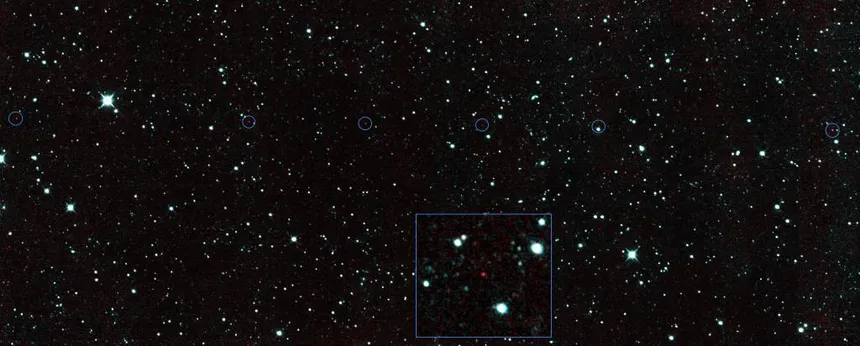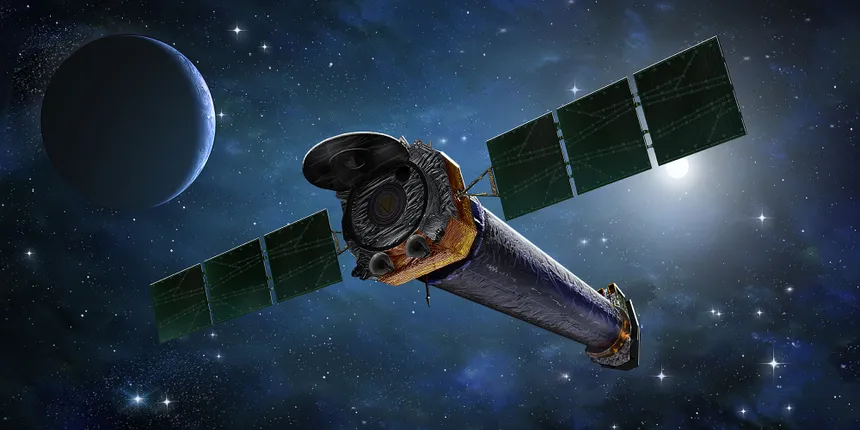Most objects in space, such as stars, typically have a lifecycle that spans hundreds of thousands of years or more, making it rare to witness significant changes over a short period like a few years, unless it’s a dramatic transient event like a supernova. However, it’s not uncommon for objects like nebulae to be in flux, and upon closer inspection, they can be seen changing over time.
Recently, NASA’s Chandra X-ray Observatory released striking time lapses that demonstrate the dynamic nature of two famous objects in the universe. The time lapses showcase the Crab Nebula, a stunningly beautiful nebula located 6,500 light-years away, and Cassiopeia A, the leftover remnant of an exploded star located 11,000 light-years away.
The changes in Cassiopeia A are subtle, but striking. Using data collected between 2000 and 2019, the remnant appears to be “breathing” as it expands into space. This is because the explosive death of a star sent powerful shockwaves out into the surrounding space, causing the remnant to grow. As the shockwave hits nearby clouds of dust and gas, some of it is reflected back in the other direction, creating changes within the structure of the remnant.

NASA’s Chandra Captures Rare Transformations in Space
In contrast, the changes in the Crab Nebula are more pronounced. The large number of observations taken of this famous object show the changes occurring, particularly in the center of the nebula. The time lapse includes data from 2000 to 2005, then from 2010 to 2011, and finally a recent observation from 2022. The core of the star remains as an extremely dense object called a neutron star, which rotates and gives off beams of radiation that can be seen as the jets in the center of the image. As it slows down, some of its energy is passed out into its immediate environment, causing a shockwave that travels outward, visible as the ring that can be seen expanding.
The time lapses demonstrate the dynamic nature of these cosmic objects, and provide a unique Look into their evolution over time. The changes are subtle, but significant, and offer a fascinating Look into the ever-changing terrain of space.
The full time lapses can be viewed at the Chandra website, including versions incorporating data from other sources like the James Webb Space Telescope. These observations provide a powerful tool for scientists to study these objects in detail, and gain a deeper understanding of their behavior and evolution over time.








































